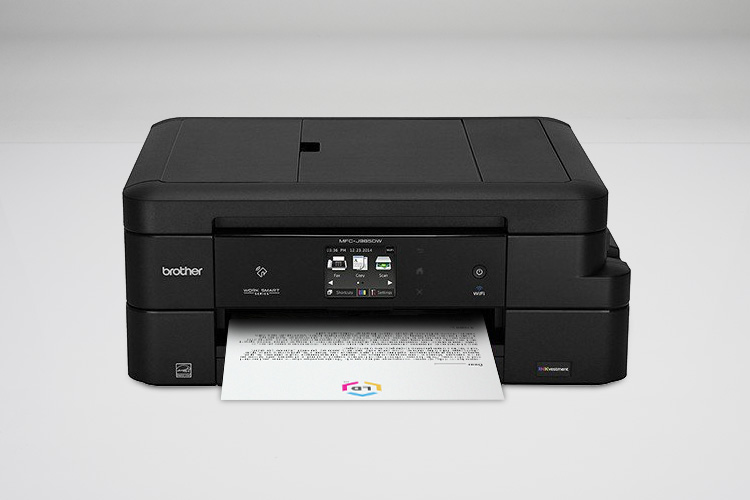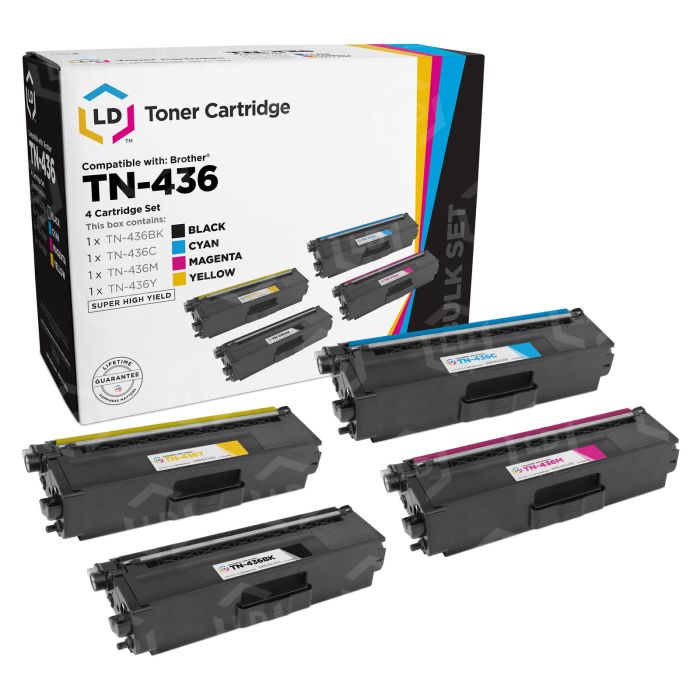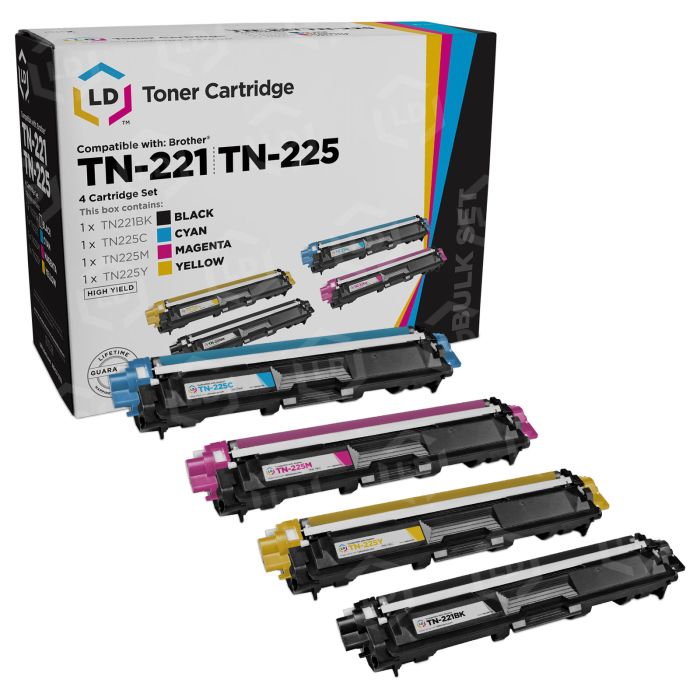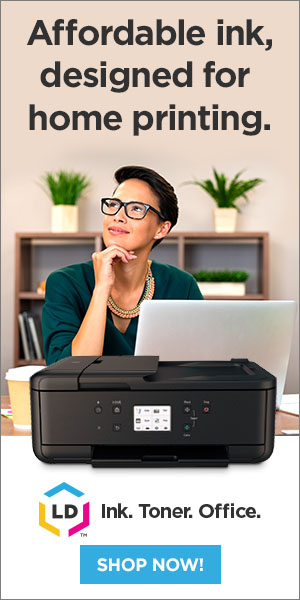There are three factors that determine how you set up your office. Besides the most obvious one (budget), let’s delve a bit into how your employees and company values determine what your office will look like.
Employees. It’s not hard to imagine how a well-established working space that facilitates employee productivity can spell out success for a business. An office space that elicits positivity in employees translates to better performance that can collectively do wonders for a company’s bottom line. However, you need to remember that because employees have different preferences, there is no one-size-fits-all workspace ideal. To accommodate these preferences, according to Harvard Business Review, a successful office space should have sufficient social spaces for mingling as well as enclosed areas for those who prefer private areas to focus. Knowing if your workforce will need more space for collaboration or focus can help you define how to setup your office space.
Values. Setting up your workspace with your company values in mind can establish unity and loyalty within your workforce. What better way to communicate your company’s values than by living it every workday? For instance, one of LD Products’ core values is to make the workplace a “Happy Place” that fosters fun and enjoyment. To back this up, they have ping pong tables, foosball, and bikes in the facility as well as giant tables and a partial open layout meant to foster communication and impromptu gatherings within the workday. This is just one way your office layout can help you achieve your company values.
Keeping these factors in mind, let’s jump right into the steps in setting up your office.
Finding the Right Office Space

Looking for an office space in itself requires attention to a couple of details. The location, question of rent vs buy, existing amenities, size, and possible renovations are a couple of considerations to think about. Securing a space that meets your needs helps establish a solid foundation for your business office. Not doing so is a disaster waiting to happen. For instance, bad crime rates in the area can affect employee morale and get in the way of employees coming to work.
 Office Layout
Office Layout

Now that you have a blank canvas to work with, we now get into office layout. We tap into both employee and company culture when planning our office layout.
Cubicles vs Open Office. The cubicle was once called the action office. Not until big tech companies like Google and Facebook triggered a trend with open office spaces based on the belief that increased collaboration between team members improve performance. And according to a Harvard Business Review study, it does. But as much as increased collaboration can lead to improved performance, you still need to consider those individuals who need privacy, quiet, and focus. This downside to an open office is the reason for all the backlash on the modern office layout. That’s why Google and MIT teamed up to design a drop-down cubicle for private spaces.
The workplace is obviously evolving, but besides the argument of an open vs closed vs hybrid office, what matters is that your workplace is customized to your business needs. The right mix of what your business needs combined with the benefits of a balanced layout may be the secret recipe to a well-adjusted workplace.
Storage Areas. Clutter is a distraction and it gets in the way of everyone’s productivity not to mention the drawbacks of disorganization. Maximize efficiency by organizing files and paperwork and have a storage area for office supplies. You’ll need to put files and supplies somewhere so plan a designated space accordingly.
Break Areas. Having a designated area for coffee and lunch keeps the rest of the office cleaner and reduces chances of having pests. Since chatter usually ensues in the break area, make sure that it is either enclosed or distanced enough so it doesn’t get in the way of those engrossed in work.
Lobby. All offices need a proper lobby. It’s an essential piece in properly communicating your company’s values and a positive impression to visitors and clients. Set up a seating area as well as a desk for a receptionist. If you don’t think you’ll need a receptionist, consider having a kiosk or a small table where you can leave some company brochures for visitors who want to know more about your business. A welcoming lobby is a good indicator of an established business.
Windows. Natural lighting can have a profound effect on the mood of your team so either get an office space with a lot of windows or put some windows up if your space doesn’t come with a lot of them. That’s not to say you shouldn’t make sure your office has ample lighting. Lighting is essential especially for teams who anticipate needing to work late night hours.
Equipment, Software, and Supplies

One crucial thing to remember is that the modern office is now trending towards an unconventional mobile work setting which explains why most employees now work on laptops instead of desktop computers. Whether you choose to embrace this mobile work philosophy or not will determine the equipment you’ll be getting. But considering Forbes’ projections that millennials–who love open spaces and are more productive in lounge settings–will all but take over the workforce by 2025, it’s probably a good idea if you do.
Office Furniture. An open office requires less to no cubicles and more communal tables for shared spaces. A collaborative environment means people are always on the move so think twice about investing in ergonomic chairs if you expect team members to be up and about most of the time.
Network. When it comes to software, you need to set-up a Virtual Private Network (VPN) to give mobile offsite workers secure access to internal digital resources as well as network authentication within the office to make sure external entities are kept out.
Aesthetics. Nobody likes working in a sterile environment. Adding greenery and some eccentric furniture has been proven to reduce stress and spike creativity and productivity in workplaces.
Shopping Tips
Here are a couple of supply buying tips for small businesses to get you started:
Determine quality and price.
Items with a higher ticket price can put a lot of pressure on your budget. A lot of business owners will react to this pressure by looking for a less expensive version of that item, whether it be a printer or a laminator or whatnot, to get the job done for less. What this overlooks is that most business appliances are designed to handle a particular workload and complete certain tasks. When you start expecting them to do more than that, you’re fast on your way to disappointment (and, often, costly repairs). Spending more on expensive items often leads to higher efficiency as well. To establish how much you need to pay to meet your needs without overspending, take a look at not only the price averages for different models but the expectations set by manufacturers in the specifications.
Buy in bulk.
One significant advantage corporate businesses have over the little guys is their ability to purchase in bulk. Buying five thousand boxes of pens to cut a deal may not be the best strategy, but stocking up on the consumables you use the most can save you a pretty penny. Buying bundles of ink and toner cartridges will save you money, especially when buying remanufactured or generic ink. Finding the proper ratio between available storage and bulk savings may take a couple run throughs, but it’s worth it in the end. Also, don’t forget the great deals you can get from bulk retailers like Costco. Often, you can get rock bottom prices on basic office supplies, along with inexpensive snacks to keep the troops happy.
Buy generic when possible.
Often, people buy brand name items without thinking twice about how much they can save (or, in the case of some products like paper, knowing they are a brand name). Generic equivalents for nearly all office supplies will be at or near the same quality as branded products, but for a whole lot less. And chances are you don’t need top-of-the-line paperclips or staples regardless—especially for nearly double the price. Usually, the store brand at most major office supply retailers is pretty close to the top of the line. Keep in mind however that going generic doesn’t necessarily mean neglecting the particular type of consumable your tech product may need. For example, commercial grade laser printers work better with certain types of paper. Selecting cheap all-purpose paper that doesn’t match with your unit can result in an accumulation of fibers that will lead to frequent paper jams and maintenance calls.
Diversify your buy.
Don’t feel obligated to get everything from your regular supplier. While establishing a relationship with a supply store will help you get better deals, it’s often cheaper to buy somewhere local when you need a one off item. Especially when shopping for inexpensive items like pens, you can often get great deals by shopping at dollar stores rather than going through your supplier—especially when getting paper and pens for delivery requires you to muster up a full order.
Vet technology first.
Often, the best deal on a laptop or printer isn’t the most affordable option on the shelf. Once you have an idea of what processing power or monthly page output you require, take a look at your tech choices. Spending a little more for the machine that specifically meets your expectations will not only lead to less frustration—it will help you work more efficiently. Printers, in particular, are designed to handle a specific monthly range of output. Consistently going over this workload expectation leads to faster mechanical decline, which of course means costly repair and early replacement. Buying more printer than you need is also a waste of money, so it’s best to vet your options thoroughly.
Track supplies closely.
Keeping a close eye on how many supplies your office uses monthly to pinpoint how much you need to reorder and when with better efficiency. Tracking also helps you keep an eye on theft, which protects your bottom line. It’s especially important to keep track of more costly consumable items such as printer toner cartridges. Unlike pencils and pads of paper, they often cost upwards of sixty dollars or more, depending on the model, and are quickly funneled into a thriving black market (I know, right?!)
Keep track of your regular stock smartly by treating supplies like inventory. Track supplies as you replenish them and get real-time data on your office consumption and use. It’s pretty easy to get started too, just set your office manager up with an inventory tracking app like Canvas, which is a highly flexible software designed to monitor a broad range of data. Canvas quickly adapts to support different kinds of stock, including the notoriously complex supply lists at restaurants. When it’s time to review your data, Canvas can download it into a spreadsheet or database or export into a PDF for analysis. It’s also very affordable—after a 30-day free trial, it’s $20 per month or $210 a year for unlimited usage.
Go Green!
Being environmentally friendly in your day to day business does more than just keep your younger employees happy. You can reduce your expenses, receive kudos that attract new customers, and even get cash back for things you recycle. Whether you institute an office recycling bin to minimize waste (bottles, of course, can be turned in for cash) or hire an agency to audit your office to reduce energy waste (and cut your bill further) . . . you’ve got options for sure. Chances are if you’ve been operating for some time, a collection of used technology and printer cartridges found its home somewhere in your storage closet. Recycling tablets, laptops, old cell phones and tablets, and toner cartridges equal quick cash. Be creative and look around for all the ways going greener can rake in the green for your bottom line.
Loyalty goes a long way in business.
Establishing a business account can mean significant discounts once you build a relationship with your retailer. You may be able to find rock-bottom retail prices through online distributors, but sometimes getting to know your local buyers can pay dividends in the long run. Plus, you get the know the person whose business you’re helping to build, which makes supply buying more than an anonymous transaction.
Don’t shy away from used.
New office furniture does not come cheap, which is why many budget-minded entrepreneurs will shop refurbished furniture outlets before buying new stuff when possible. While you may want to get new office chairs for ergonomic reasons, there’s little reason to pay an extra premium for cubicle walls or file cabinets when alternatives are available. Search online to see if any local office furniture retailers offer used goods or choose from one of the several online outlets that specialize in them.
Buy for specific situations.
Sometimes having a checklist to help you get started can make everything easier, too. While each situation may not match up one-for-one with your needs, sourcing a checklist of what your employees need to do their job takes one thing off your to-do list.
New hires. Growing businesses need to hire a lot of folks. Whether you’re taking on a new director of marketing or a whole team of customer care professionals, some necessary supplies are in order.
- Desk caddy
- Highlighter
- Mouse pad
- Notepad
- Paperclips
- Pens
- Phone list
- Phone operation booklet/ instructions
- Post-it pads – different sizes
- Push pins
- Scissors
- Stapler
- Tape
- Tape dispenser
- Telephone directory
- Wastebasket
New small business stock up. No better time to get yourself organized than when you’re first starting out. Starting out can seem overwhelming, but if you have a strong strategy and everything you need on hand things go a whole lot smoother. (CHECKLIST)
At the end of the day, organizing your supply buying can be a positive experience that tells you a lot about the way your business is run. Once you understand what you use the most, you have a new window into the way get things done in your company (and get insight into where inefficiencies in your process may lie). Whether you’re just starting out or looking to shrink your consumable costs, office supplies are the best place to get started.
Setting up an office requires so many technicalities that at times can be overwhelming. It’s good to consider all these ideas and trends as long as you keep an eye on what your business really needs. Let your company’s needs be your compass amidst the noise of all other trends and concepts that may or may not work to your organization’s best interest.












I appreciate that you pointed out that clutter is a distraction and it gets in the way of everyone’s productivity not to mention the drawbacks of disorganization. I think that if you didn’t have enough room in your office to store everything and it was becoming a distraction it would be smart to look into getting a storage unit. I think that could help make sure that your office was going to be organized and that you could have a place for everything to help your employees focus better and be more efficient.